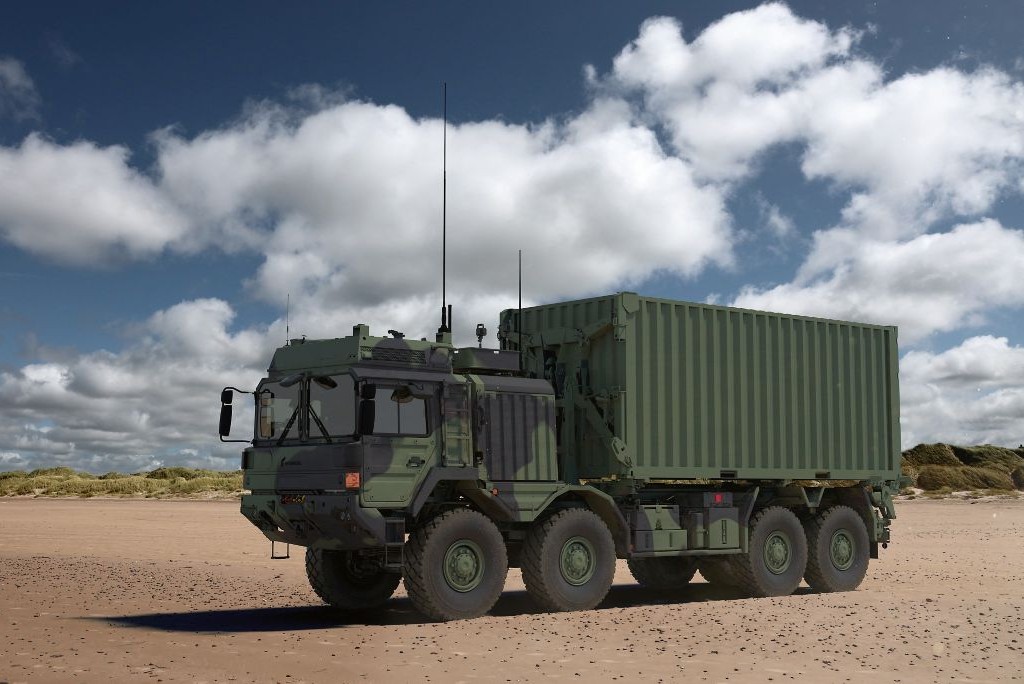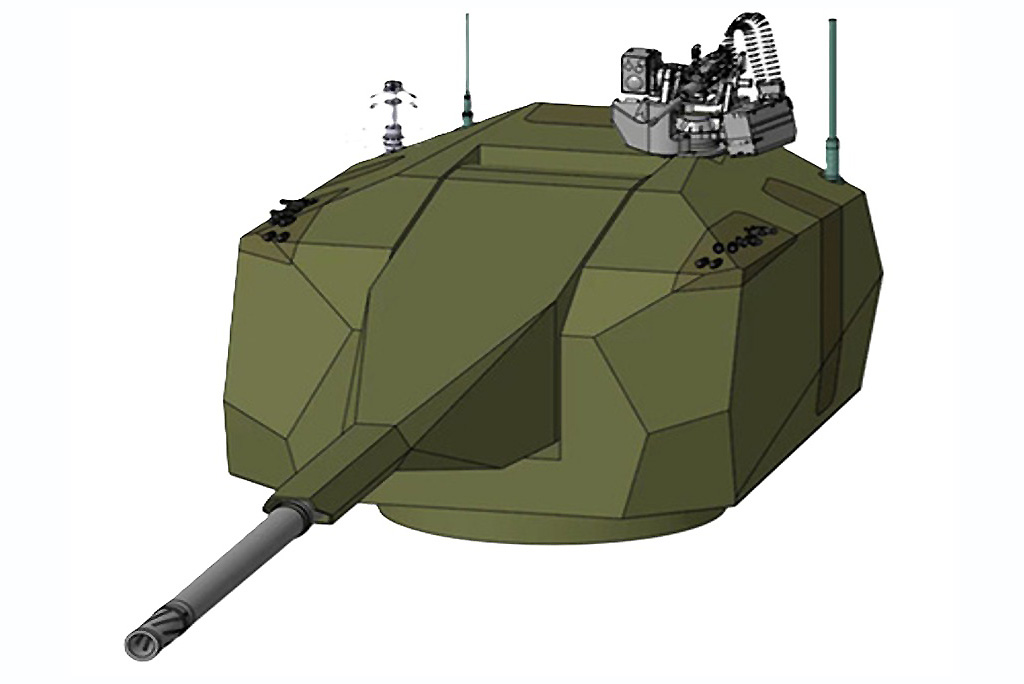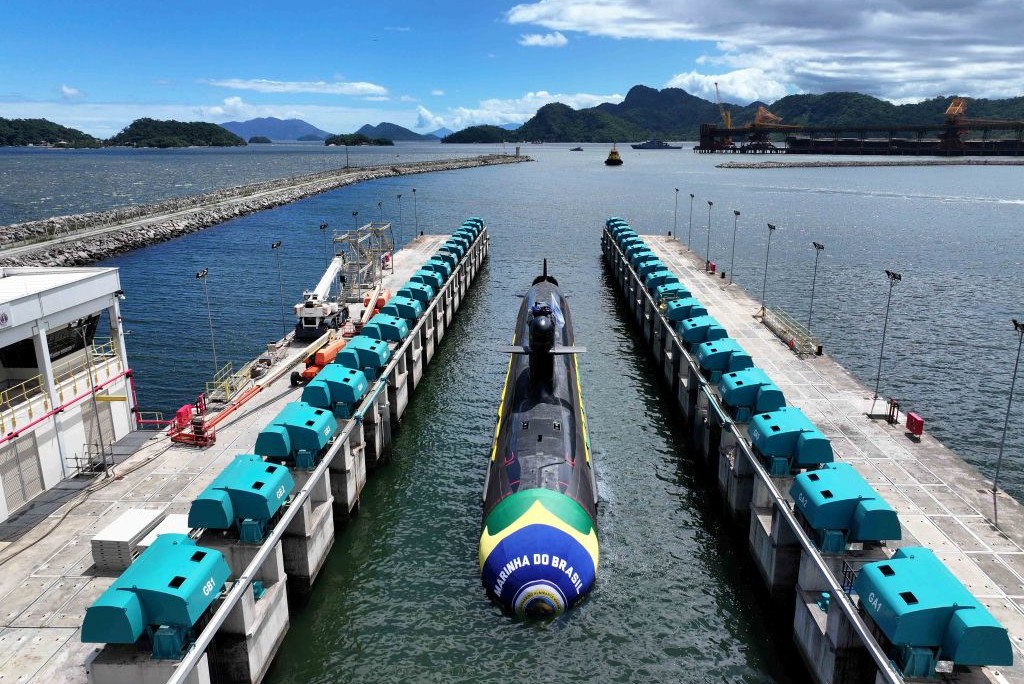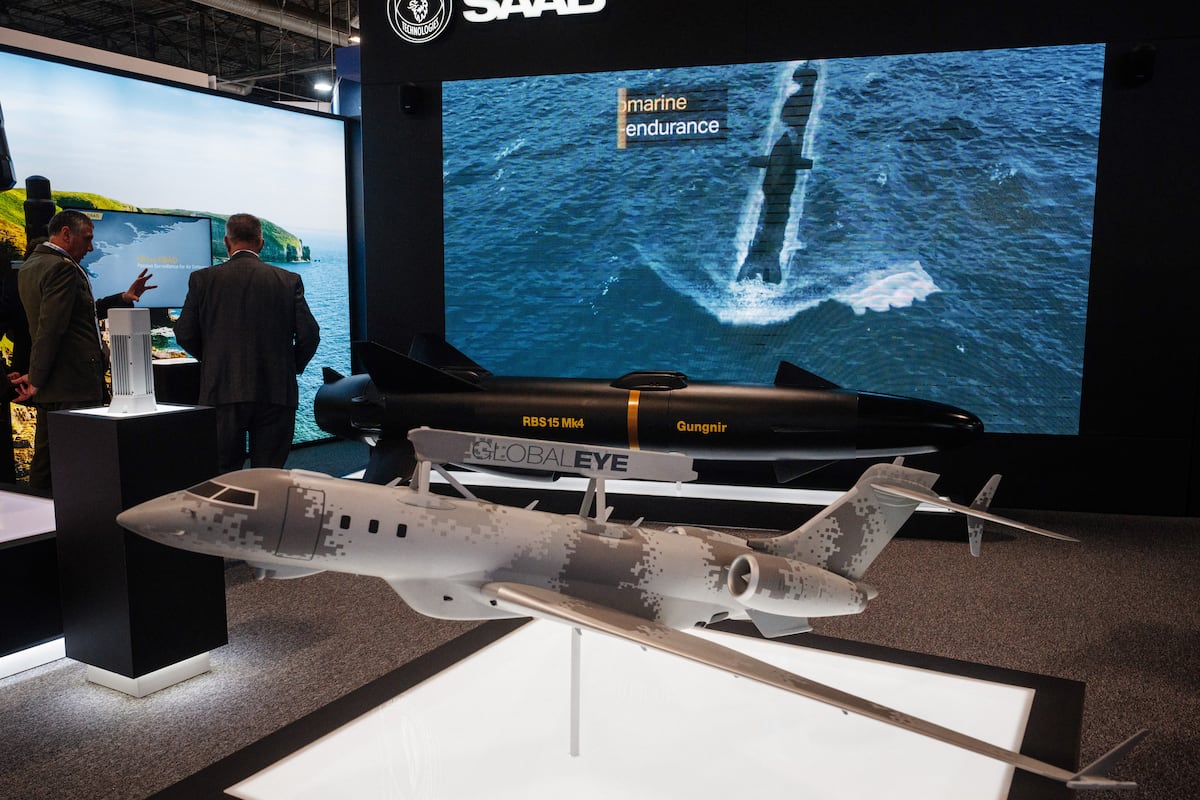Advancements in Unmanned Aerial Systems: A Review of EDGE’s Latest Offerings
The recent Dubai Airshow showcased a significant leap in unmanned systems technology, notably from ADASI, a subsidiary of the EDGE Platforms and Systems cluster. The exhibition highlighted three critical platforms: the Vortex-E, part of the counter-drone system portfolio; the Jernas family of UAVs, which emphasizes robust reconnaissance and strike capabilities; and the Dark Wing, an innovative precision-guided munition.
Vortex-E: The Small but Powerful C-UAS Interceptor
Design and Functionality
The Vortex-E is engineered as a compact interceptor specifically designed to neutralize hostile UAVs. Its aerodynamic frame houses four diminutive wings, each outfitted with propellers driven by electric motors. The drone possesses a take-off weight ranging between 4 to 6 kg and supports a payload of 1-2 kg.
Key Features
- Modular Design: As highlighted by Marcus de Jonge, Chief Development Officer at ADASI, the Vortex-E embraces modularity. This adaptability allows for a swap between payload and fuel, optimizing operational range and endurance.
- Performance Metrics: The Vortex-E achieves speeds between 240 and 350 km/h and operates at altitudes up to 8,000 feet. Without additional payload, it can sustain flight for 15-36 minutes; however, with the 2 kg payload, its endurance drops to approximately 6 minutes.
The interceptor’s hard-kill mechanism involves a high-explosive fragmentation payload, activated through a proximity fuse. To maximize effectiveness, the Vortex-E is equipped with a gimballed electro-optic sensor, enabling all-weather operations. The system can operate manually or autonomously, utilizing AI-based algorithms for target acquisition in conjunction with radar integration.
Future Development
Prototypes are currently undergoing flight tests, with a focus on refining the transition from vertical to horizontal flight—an essential phase expected to undergo rigorous validation before entering mass production in mid-2026. Furthermore, groundwork for swarming capabilities is ongoing, promising enhanced tactical options in multi-platform scenarios.
Jernas-M: Expanded Capabilities for Reconnaissance
Enhanced Specifications
The Jernas-M UAV builds upon the Jernas-S model, significantly increasing its maximum take-off mass from 630 kg to 1,150 kg. This upgrade nearly doubles the payload capacity, positioning it as a formidable asset in military operations.
Operational Advantages
- Advanced Configuration: The Jernas-M maintains a wingspan of 10 meters, accommodating a variety of mission profiles, with endurance stretching up to 20 hours under reconnaissance configurations.
- Versatility: Both the Jernas-S and Jernas-M are equipped with the capability to operate from conventional runways, featuring a tricycle landing gear system and a maximum operational altitude of 24,000 feet.
Assets like the Jernas-M provide greater flexibility in reconnaissance efforts, making them suitable for a wide array of military applications while minimizing logistical demands.
Dark Wing: Precision in the Sky
Innovative Design Features
The Dark Wing represents a novel approach in precision-guided munitions, showcasing a low-cost, modular design. With a length of 2.9 meters and a wingspan of 1.8 meters, the munition utilizes turbojet technology to achieve rapid deployment.
Specifications and Tactical Use
- Range and Recovery Options: This munition boasts a range of 200 km, with options for recovery via parachute during training phases, allowing for reutilization and cost-efficiency.
- Combat Application: The design incorporates a seeker system and payload configurations that enhance operability, aimed at providing tactical advantages through speed and disruption capabilities.
Strategic Implications
The introduction of the Dark Wing alongside the Vortex-E and Jernas platforms underscores EDGE’s commitment to evolving unmanned aerial technology. The capability to adapt systems for diverse missions—from counter-drone operations to high-speed munitions—reflects a growing trend in modern warfare, where technological agility is paramount.
Through these advancements in UAV technology, EDGE and ADASI are not just responding to emerging threats; they are redefining the limits of tactical air power, preparing military stakeholders for future challenges in the operational domain. The innovations presented at the Dubai Airshow signal a pivotal moment in unmanned systems, promising to reshape battlefield dynamics and enhance operational effectiveness.





